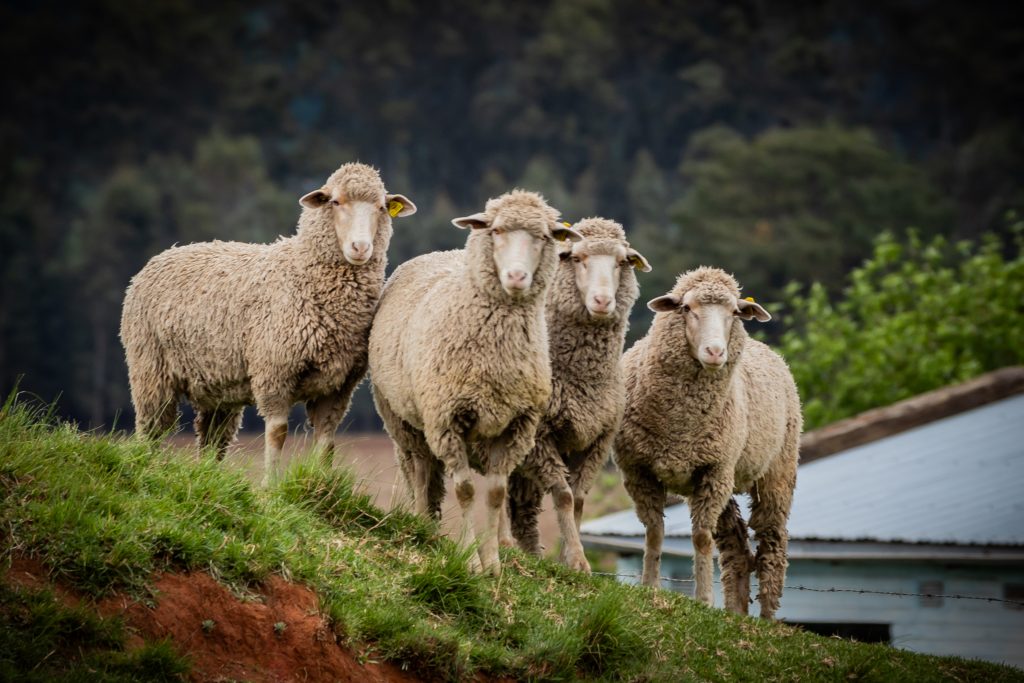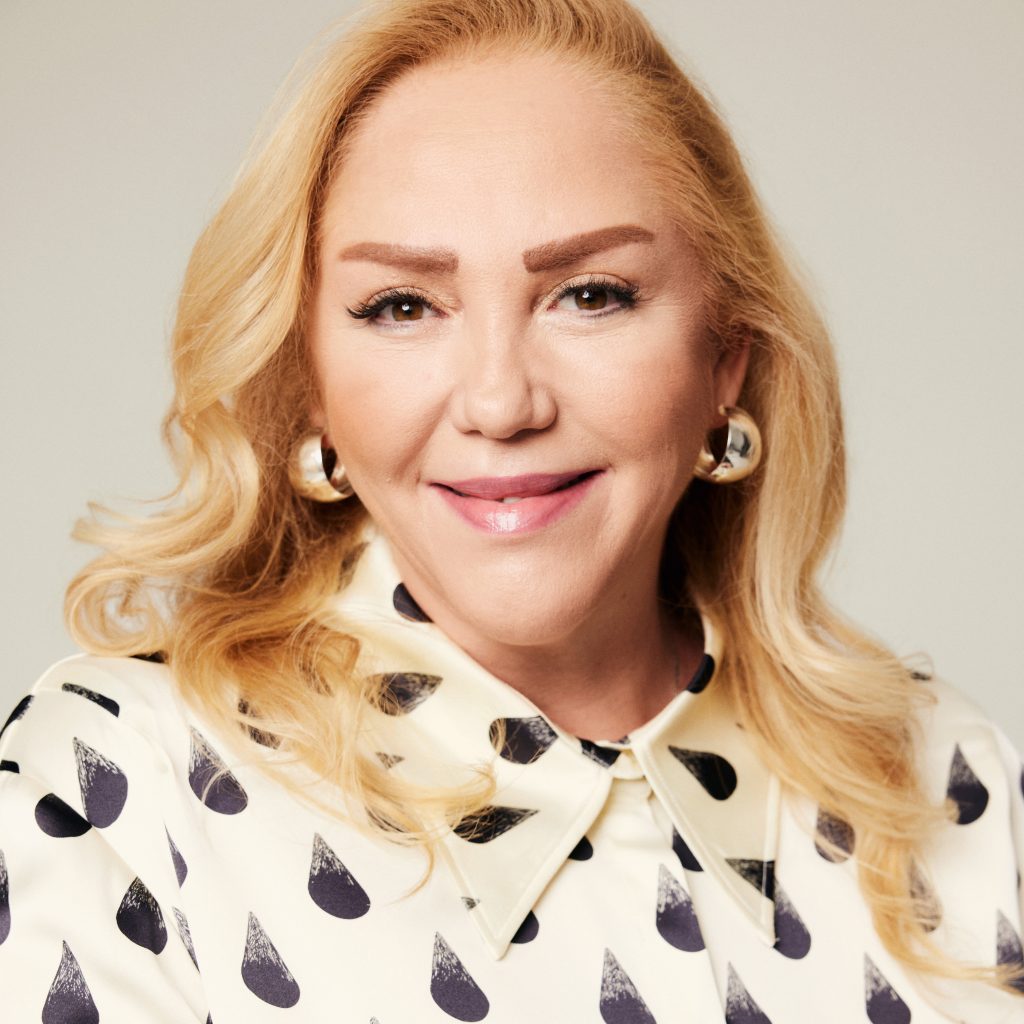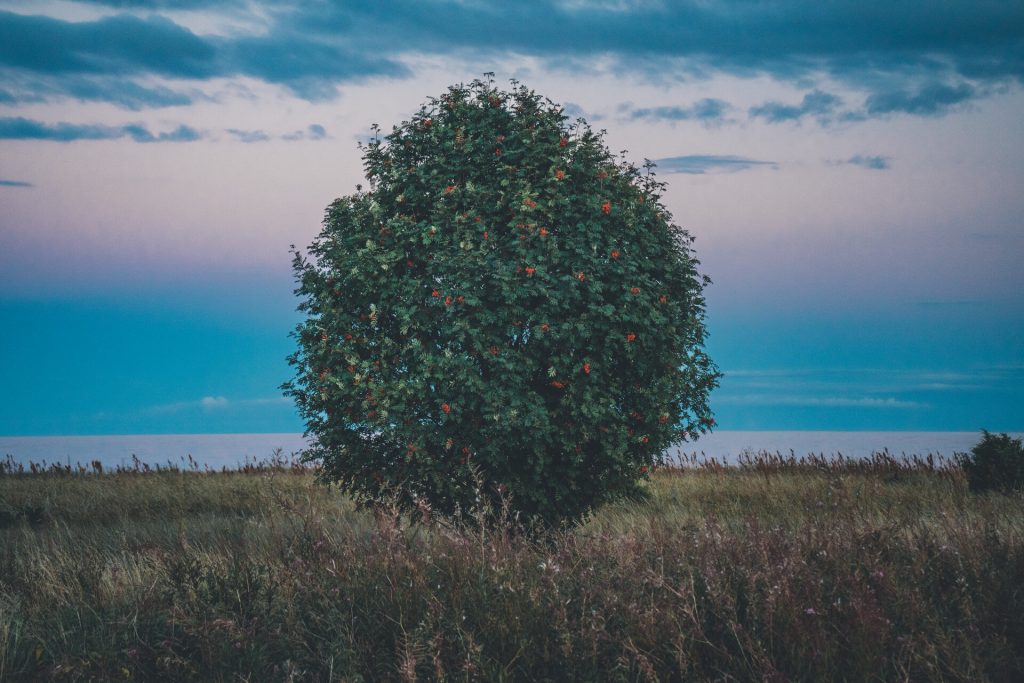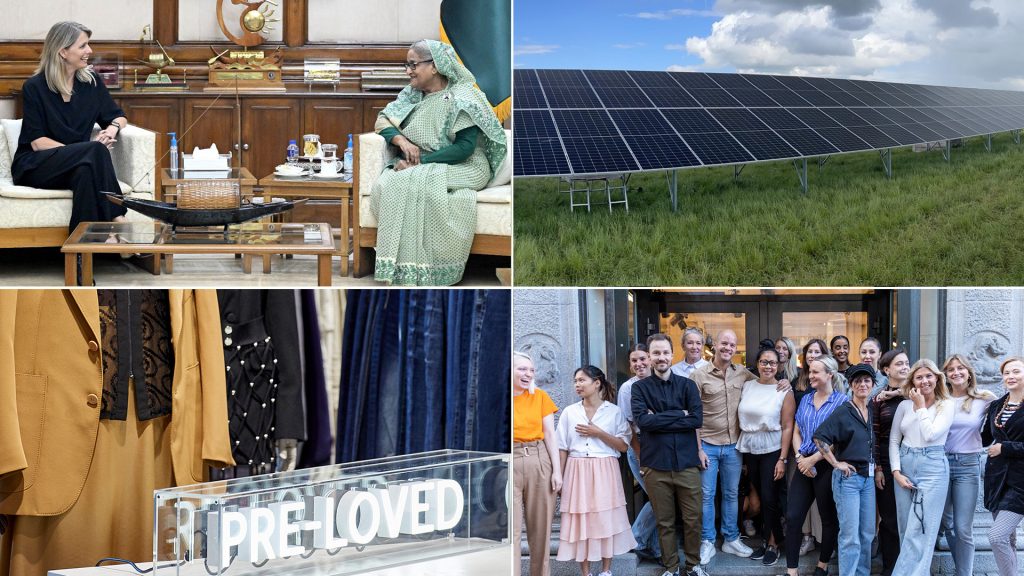Our stories
Two years ago a global framework aiming to halt and reverse biodiversity loss by 2030 was adopted at COP15, the United Nations Biodiversity Conference, sending a clear message that action on nature must start now. But why does H&M Group need to act and what does fashion have to do with nature? The truth is, we depend on it for fertile soil, robust forests, thriving ecosystems and water, as well as healthy pollinators to help produce natural materials for our products. Without nature, we wouldn’t be able to run our business.
At the same time, our industry puts pressure on nature at every stage of the value chain, from sourcing raw materials and manufacturing products through to customer washing and ironing, and what happens when an item is no longer used. So, we have a responsibility to act.
Aligning our work with science
To make sure we are going in the right direction, we align all our sustainability work with the latest science. The Science Based Targets Initiative (SBTi) verified our climate targets to reach net-zero by 2040 and we are now working towards setting similar targets for nature. Science Based Targets Network (SBTN) is setting up the processes and structure to do this. We took part in a pilot project testing their guidelines for assessing impact on land and freshwater.
“We see an urgent need for more companies to follow H&M Group’s lead in evaluating their impact on nature and understanding how to prioritize actions, a critical gap that must be addressed. H&M Group’s approach, grounded in science and guided by the SBTN, sets a strong example for moving forward and is an important step on the journey towards reversing the loss of nature by 2030.”
/ Gustaf Lind CEO of WWF Sweden
Jennie Granström, Biodiversity Impact Lead at H&M Group, explains what happens next in terms of setting science based targets for nature, “through the pilot project, we’ve built a science-based understanding of where to focus our efforts to reduce environmental impact. While we’re refining our knowledge of sourcing locations and impact measurement, we’re already reducing our impact on nature through multiple actions which will shape our future targets.”
Already reducing impact
In 2023, 85% of our materials were either recycled or sustainably sourced, we reached a 22% reduction in our emissions since 2019 and we used 14% less freshwater than in 2022. These efforts are already reducing our impact on nature. However, we can still do more by regenerating and restoring nature.
Cotton and wool make up 60% of the materials we source for our products. Modern farming techniques are generally extractive and degrading. However, if we change the way we grow cotton and farm sheep and adopt more regenerative practices, we could reduce our impact more.
We can already see benefits of this approach in a joint project with WWF that combines regenerative farming with biodiversity conservation. In India, Satpura Pench is an important area for tigers, leopards and sloth bears. Low-impact cotton production connects these animals’ habitats and provides a vital income for local communities. But infrastructure development and more intensive farming threatens this co-existence of people and animals.
We are working with smallholder farmers in the region to adopt regenerative agriculture practices. Early indications show that actions such as introducing intercrops and replacing chemical inputs with natural alternatives is lowering costs and improving incomes for farmers. Plus, improved soil health is helping biodiversity to flourish both above and below ground.
This is just one example of our regenerative farming work. We have four other collaborative projects in India that combined, aim to support more than 134,000 cotton farmers to adopt regenerative practices. In South Africa and Argentina, we are working with partners on projects to improve grasslands by introducing regenerative grazing on sheep farms.
Implementing the global framework
Two years after the Global Biodiversity Framework was signed, global leaders are back at COP16. This year’s event has been billed as the “implementation COP” or the “people’s COP”, moving the focus from agreements to action. Our regenerative agriculture projects are some examples of how we are implementing the framework in our business.
These projects also highlight the benefits of collaboration. Alongside other corporates, we have signed Business for Nature’s campaign calling for mandatory disclosure of impacts and dependencies on nature, as well as their call for strengthened policy to support the implementation of the Global Biodiversity Framework. We also joined Textile Exchange’s Deforestation-Free Call to Action for Leather that includes traceable leather by 2027. Plus, we are part of the LEAF (Lowering Emissions by Accelerating Forest Finance) Coalition, a large-scale financing initiative supporting countries committed to reducing tropical deforestation and recently announced the first deal.
“Businesses have a responsibility, and an opportunity, to reduce their negative impacts on nature – by transforming their operations, working with others to rethink value chains, and encouraging governments to adopt bold policies. Through collaboration and commitment to change, forward-thinking organizations can be instrumental in turning the tide on nature loss.”
/ Eva Zabey CEO at Business for Nature
Action across the value chain
We have an extensive agenda for reducing our impact on nature, but there is a long way to go and there are many more opportunities where businesses can work together. In addition, action has to be taken all the way along the fashion value chain for there to be a true transition. Customers should be inspired to be curious and learn more about the fibres their clothes are made from or try out new ways to explore fashion, such as resell or rental. By working together we could do more to reduce impact.
Top image:
Eastern Cape Drakensberg region where H&M Group and WWF are working on introducing regenerative sheep grazing
© ANGUS BURNS / WWF South Africa




